This month we provide an update on the Hôpital de la Miséricorde and analyze controversial plans by Hydro-Québec to integrate an electricity substation into the haunted site. The ghost-ridden Hôpital de la Miséricorde has been empty for years and is starting to crumble. Located on prime real estate in Downtown Montreal...
Welcome to the sixty-seventh installment of the Haunted Montreal Blog!
With over 450 documented ghost stories, Montreal is easily the most haunted city in Canada, if not all of North America. Haunted Montreal dedicates itself to researching these paranormal tales, and the Haunted Montreal Blog unveils a newly researched Montreal ghost story on the 13th of every month!
This service is free and you can sign up to our mailing list (top, right-hand corner for desktops and at the bottom for mobile devices) if you wish to receive it every month on the 13th!
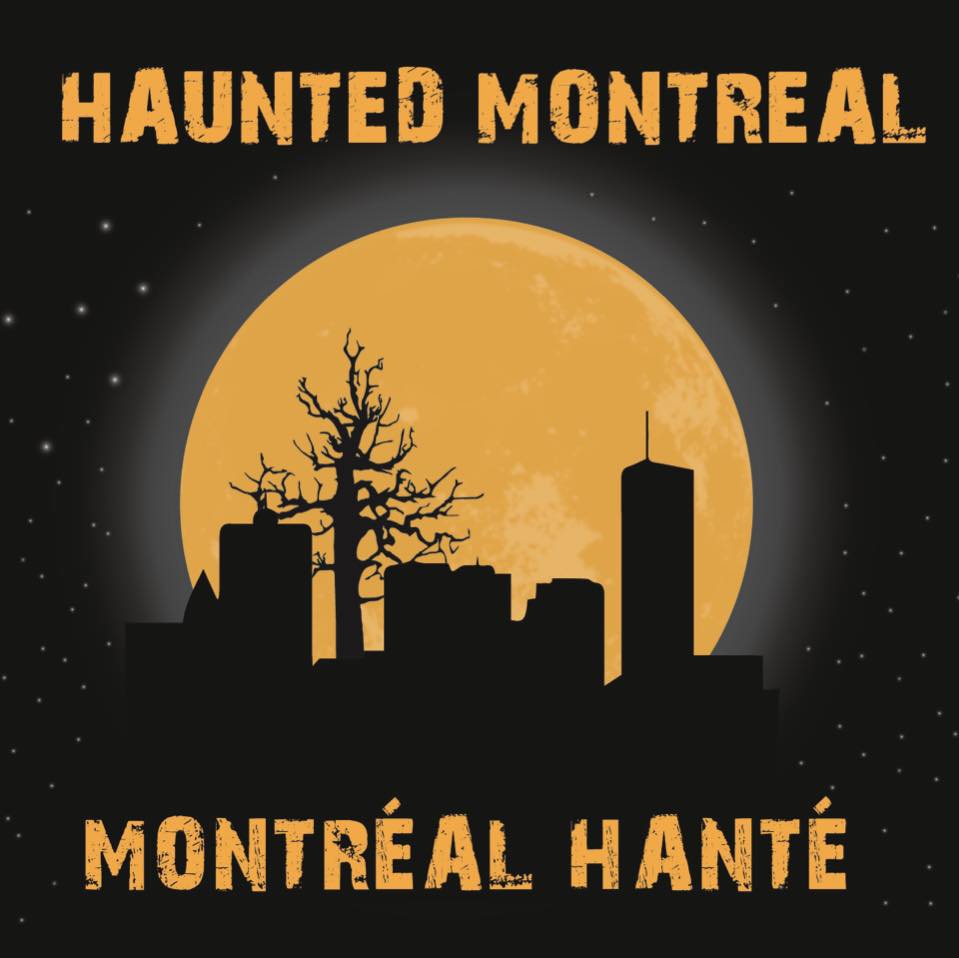
We are also thrilled to announce that with new public health measures in place, we are re-booting two of our outdoor haunted experiences with a maximum of 8 clients each:
We are also offering our Virtual Ghost Tour once a month in both English and French.
Both public and private sessions are available! More details are below in our Company News section!
This month we examine Montreal’s abandoned Brock Tunnel. Set discretely beside a highway exit ramp, the tunnel has been abandoned since the 1970s.
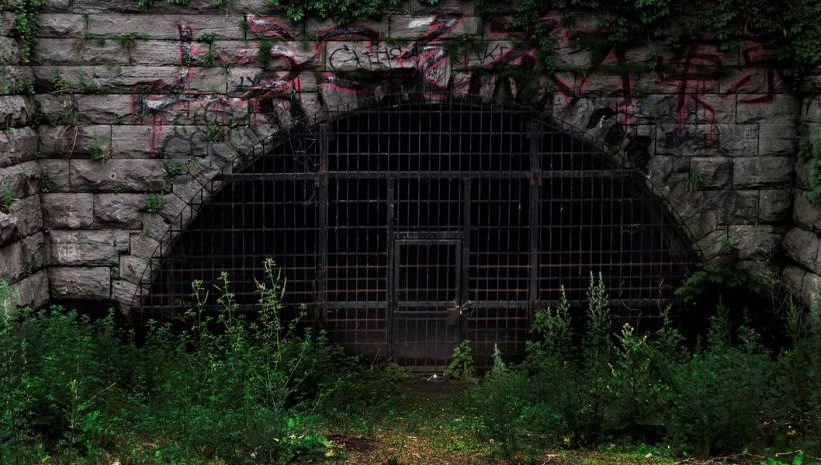
Today, the creepy arched passageway is rumored to be haunted.
Haunted Research
Half-hidden beside an exit ramp lurks the creepy and abandoned Brock Tunnel. With a rusty gate blocking its magnificent arched entrance, the tunnel is both foreboding and mysterious. Rumours of haunted activity within the structure keep many people away from it. At 208 meters long, the arched brick tunnel is a very dark and creepy place.
The Brock Tunnel was designed to connect the old Port of Montreal refrigeration warehouse at the harbour with the city. Opened in 1895, another purpose was to speed up the transfer of merchandise being offloaded from the ships into the city.
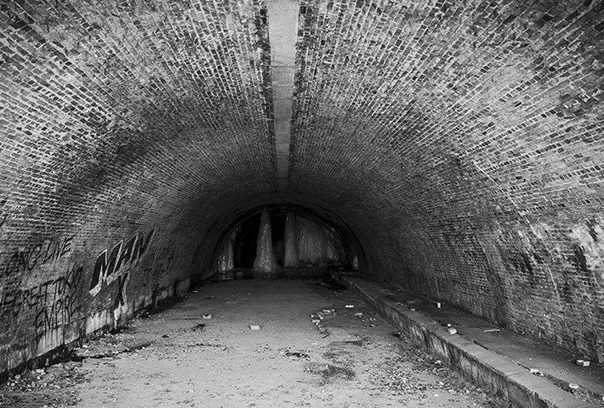
Now sealed off on the port end, the tunnel is currently used by urban explorers and ghost hunters due to its haunted reputation. According to one condo owner near the entrance of the tunnel, it is not uncommon to see someone enter the tunnel and then run out screaming after a minute or two.
The Brock Tunnel is located in the Faubourg Québec, the second oldest neighborhood in the city after Old Montreal.
In 1852, a devastating fire destroyed much of the Faubourg Québec and left almost 10,000 people homeless.
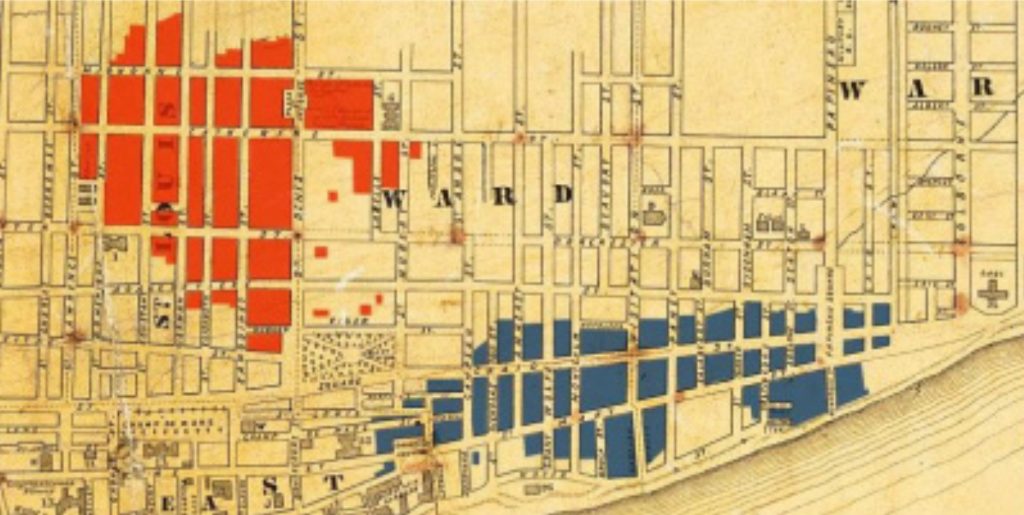
Instead of rebuilding all of the housing stock, much of the area began to industrialize rapidly.
After roads and railways were installed in the Port of Montreal, it became increasingly difficult to move goods from the ships into the city. Stevedores often had to wait for trains to pass, causing significant delays in offloading the ships and bringing products to market. This was especially important for perishable goods being stored in the Port of Montreal refrigeration warehouse.
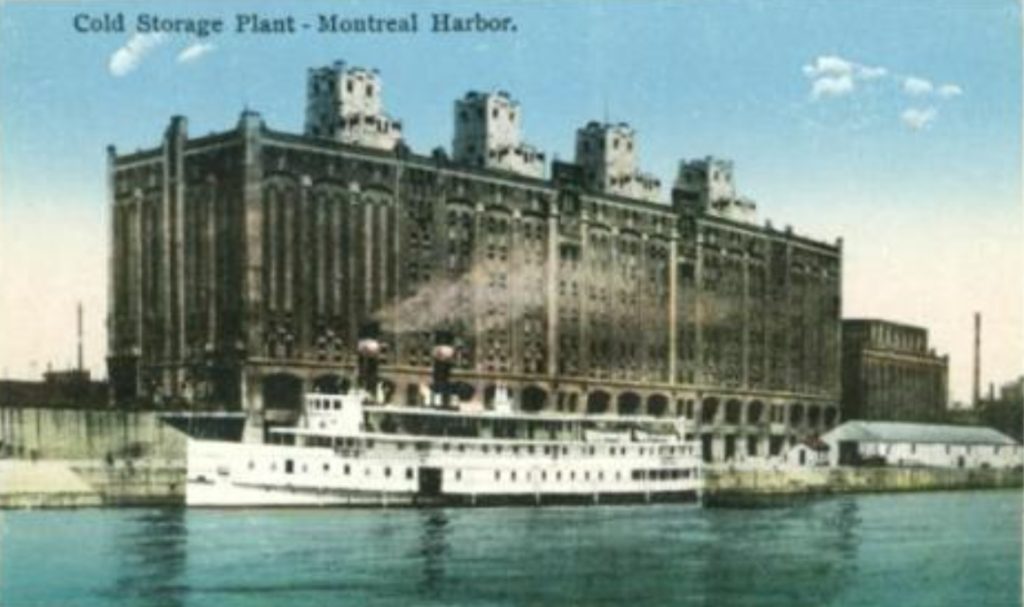
Port officials decided that tunneling under the infrastructure was the best option to speed up the maritime operation. City of Montreal engineer P. W. George was put in charge of the project and he designed the Brock Tunnel in a very solid way.
Dug with picks and shovels from both ends, at the breakthrough point of the two teams a commemorative plaque was installed to mark the event.
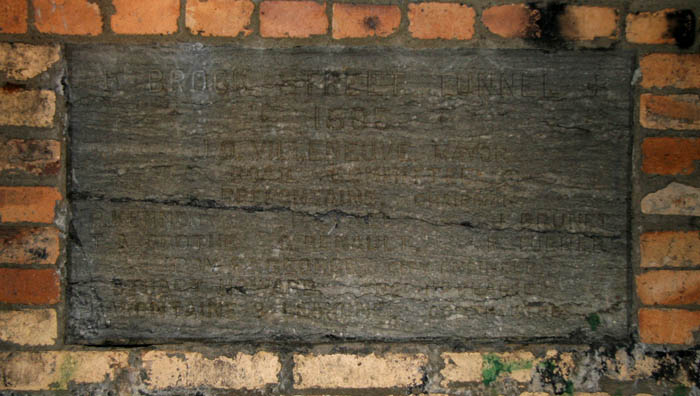
The arched tunnel was reinforced with copious amounts of bricks to ensure its sturdiness. Built between 1889 and 1895, its construction cost $163,750.
Author Stuart Howard details the tunnel’s engineering work in his book Construction of the Ontario and Berri Street Subways, Brock Street Tunnel, and Notre Dame Street Viaduct.
At 208 meters long, with two lanes and a sidewalk, it served its purpose well for decades in speeding up freight transfers from port to city.
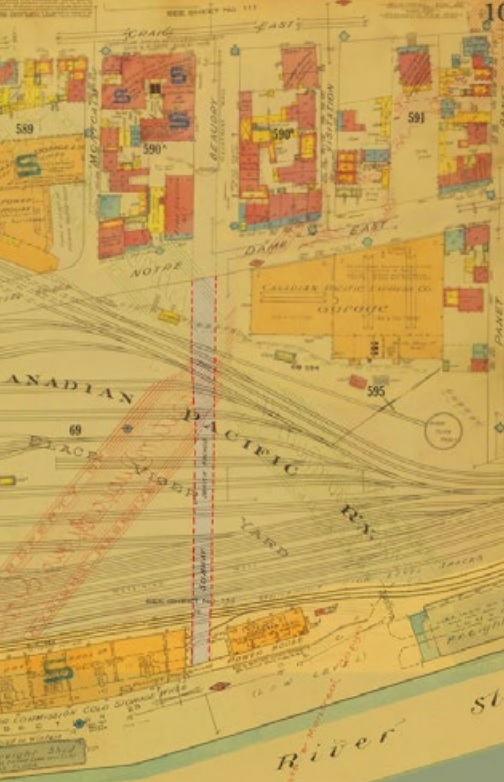
After over 80 years of service, the Brock Tunnel was abandoned in the 1970s due to changes in the Port of Montreal’s operations. Ships began offloading containers directly onto rail and truck beds, meaning that stevedores were no longer required to haul merchandise from the ships through the Brock Tunnel and into the city.
The port end of the tunnel was sealed off and a metal gate was installed on the city end to keep out those deemed undesirable.
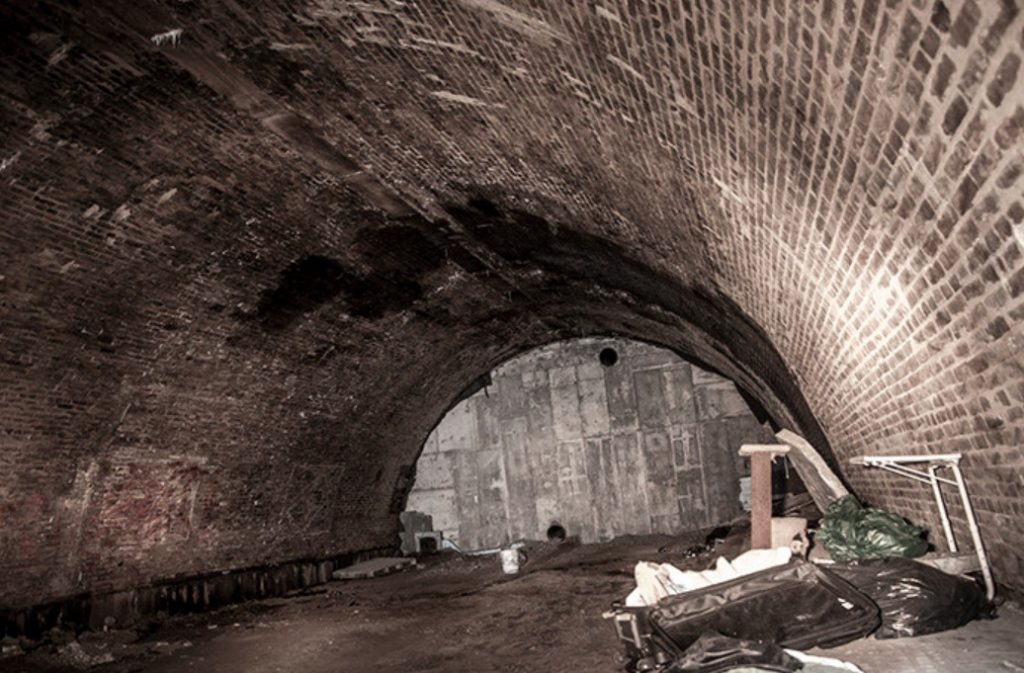
At some point before 1989, the Brock Tunnel was re-named the Beaudry Tunnel by city of Montreal officials in an effort to transform English landmarks into French ones. Re-named after Beaudry Street, which the north side of the tunnel exited onto, the re-branding was done quietly.
While General Issac Bock was a famous Protestant British military hero who was killed during the War of 1812, Pierre Beaudry was a humble Catholic soap and candle-maker. Beaudry was a well-known local businessman and philanthropist who donated a parcel of his land to establish the nearby Saint-Pierre-Apôtre Catholic Church.
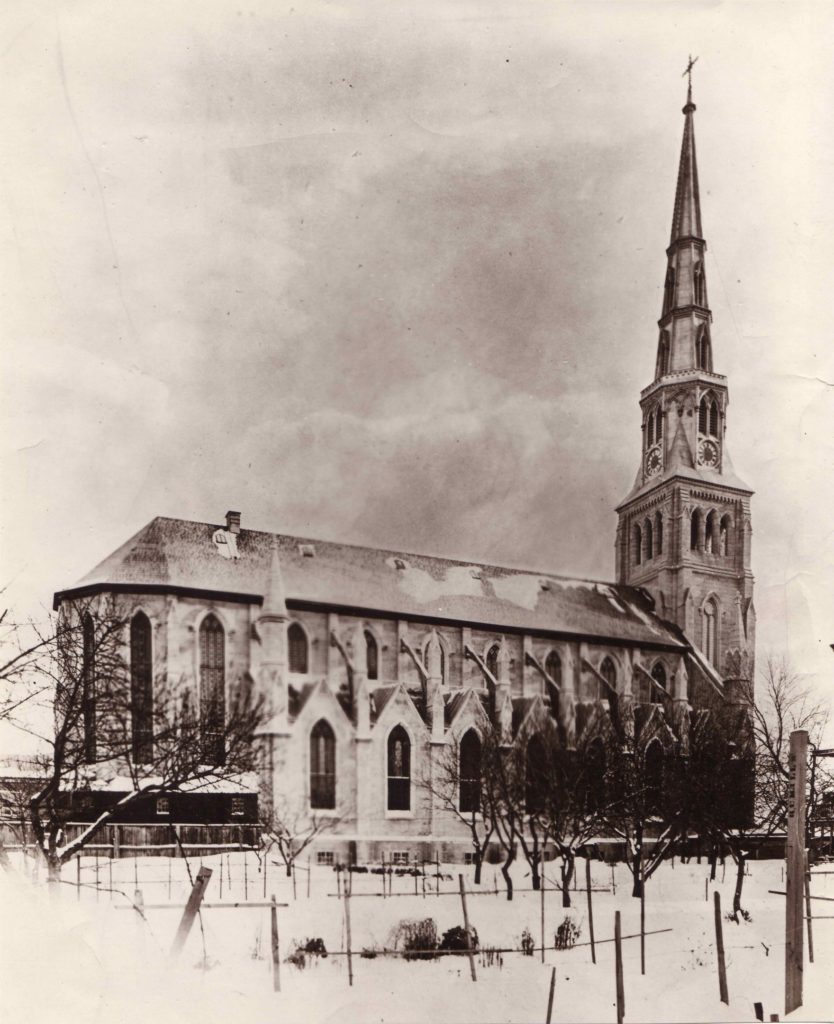
When the street was laid in 1843, it was named after Beaudry due to his devotion, five years before his death.
Today, the abandoned Brock/Beaudry Tunnel is mostly used by urban explorers, ghost hunters, squatters and film crews.
A quick internet search reveals several urban explorer websites of people investigating the tunnel, including many with remarkable photos.

It is also popular with ghost hunters and paranormal investigators, who have reported a lot of haunted activity within the structure.
In the past, squatters have occupied the Brock Tunnel, only to be evicted by the police again and again.
Film crews have also shot on location within the tunnel. The most famous movies that employed the tunnel as a setting are Jésus de Montréal (1989) and Le Dernier Tunnel (2004).

In all cases, those using the tunnel have reported disturbing instances of paranormal activity.
The most common problem is the disembodied sound of someone marching, almost with military precision. With the invisible boot steps echoing throughout the tunnel, film directors have had to re-take scenes that were interrupted by the clacking sound emanating from the subterranean sidewalk.

Squatters have also heard these sounds, causing many to abandon the tunnel as a living space. While there are no reports of urban explorers hearing the paranormal marching, ghost-hunters have picked up all sorts of strange noises in the tunnel such as EVPs (electronic voice phenomena) and the footsteps themselves.
With the reputation as a haunted tunnel, it also attracts thrill-seekers who dare one another to enter through the metal gate near the off-ramp.
One nearby condo owner has reported seeing people cautiously enter the tunnel only to bolt out of it screaming after a minute or two.

While there is one theory that the ghost might be that of tunnel engineer P. W. George, others suggest it is unlikely because he led an illustrious career and never suffered any tragedy that might result in him coming back as a spirit.
Another theory, perhaps more plausible, is that it is haunted by the ghost of General Issac Brock, the tunnel’s original namesake.
General Issac Brock was a dashing young British soldier with a redcoat and a musket at his shoulder.
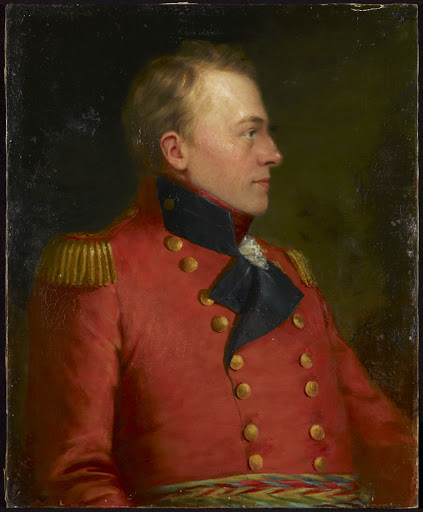
At 15 years old, he joined the British Army. He served in several colonial locations before being deployed to Upper Canada in 1802.
With strong leadership skills, in 1811 Issac Brock attained the rank of Major General. He took command of all British forces in Upper Canada and became the administrator of the province the same year.
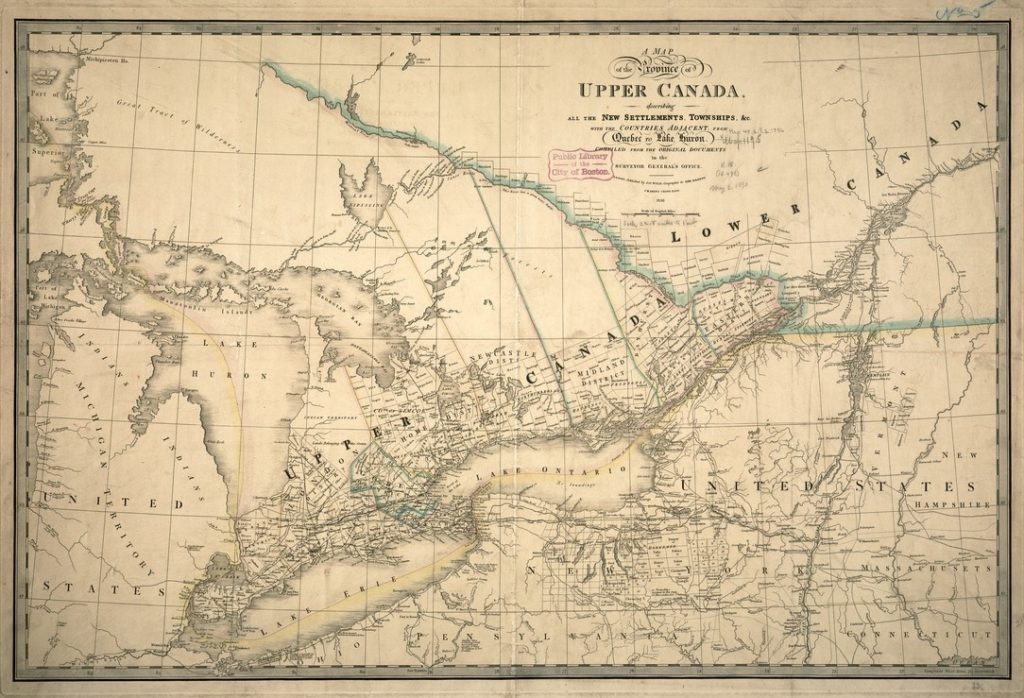
General Issac Brock was very fond of a young woman named Lady Sophia Shaw and she was equally enamored with him. It was a case of love at first sight.
However, Sophia’s father did not approve of Brock. Even though he had a high stature in Upper Canada, he was not from the wealthy upper class nor the nobility. The father felt that Brock could not afford the best for his beloved daughter and therefore denied him permission to marry her.
Not to be deterred, the two began a secret love affair and vowed to get married regardless of the father’s objections.

At the same time, in 1812, war broke out between the United States of America and British North America, including Upper Canada.
General Issac Brock’s military actions, particularly his success in making Detroit surrender, earned him a knighthood, many accolades and the sobriquet “Hero of Upper Canada.”
On October 13th, 1812, the sounds of cannon fire boomed from Queenston Heights where American soldiers were invading Upper Canada.
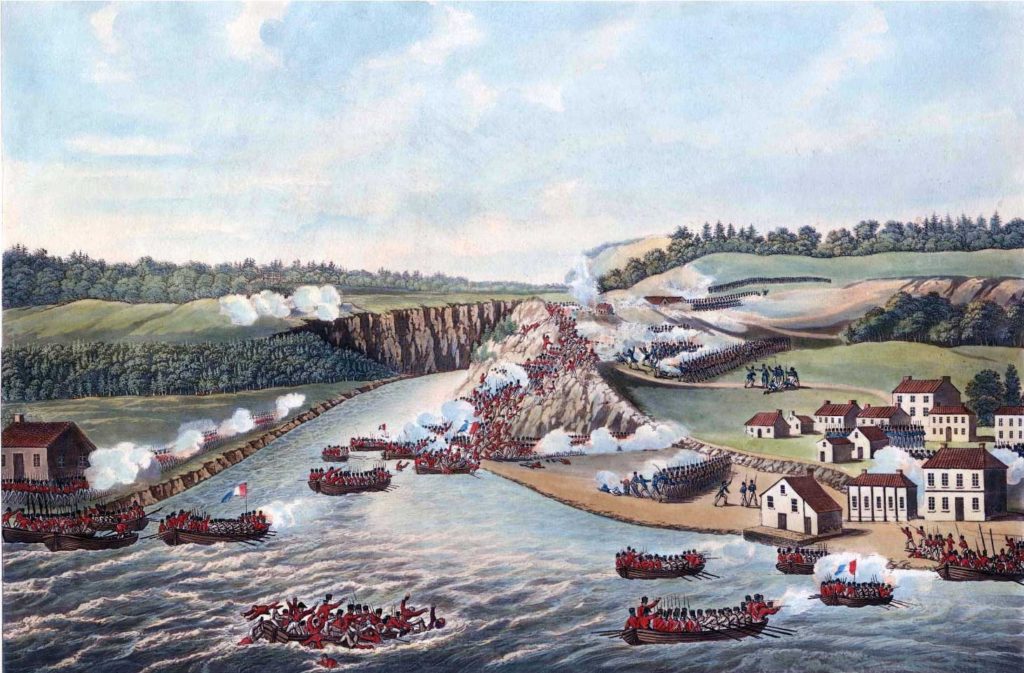
General Isaac Brock mounted his horse, to ride into battle. He briefly visited Lady Sophia Shaw to kiss her goodbye.
It was the last time she would see her handsome lover alive.
As General Isaac Brock rode into battle, a skilled American sharpshooter took aim at him from behind a bush and fired his musket. The bullet struck the general in the chest and he fell from his horse, dead from the mortal wound.
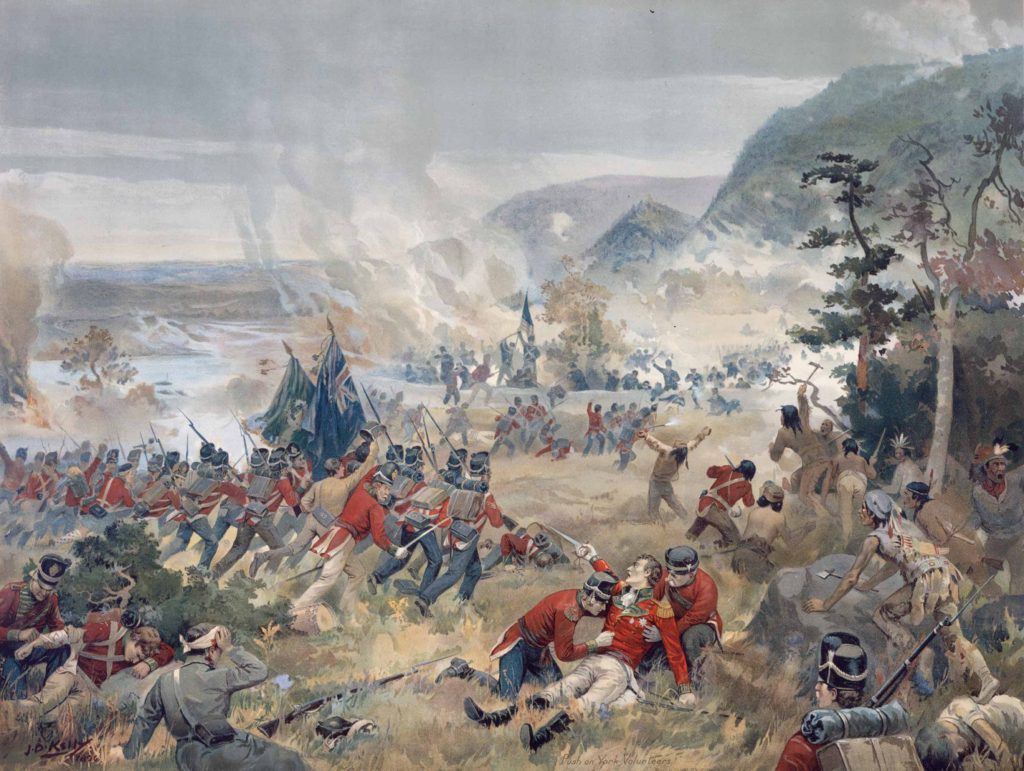
His men retrieved the body and noticed his red coat and the sash given to him by indigenous rebel Tecumseh were soaked in his blood. General Isaac Brock was just 43 years old when he was killed in battle.
General Issac Brock was hailed as a British hero and major efforts were made to memorialize him. However, Lady Sophia Shaw was devastated by the loss of her dear love and future husband. She disappeared from public sight.
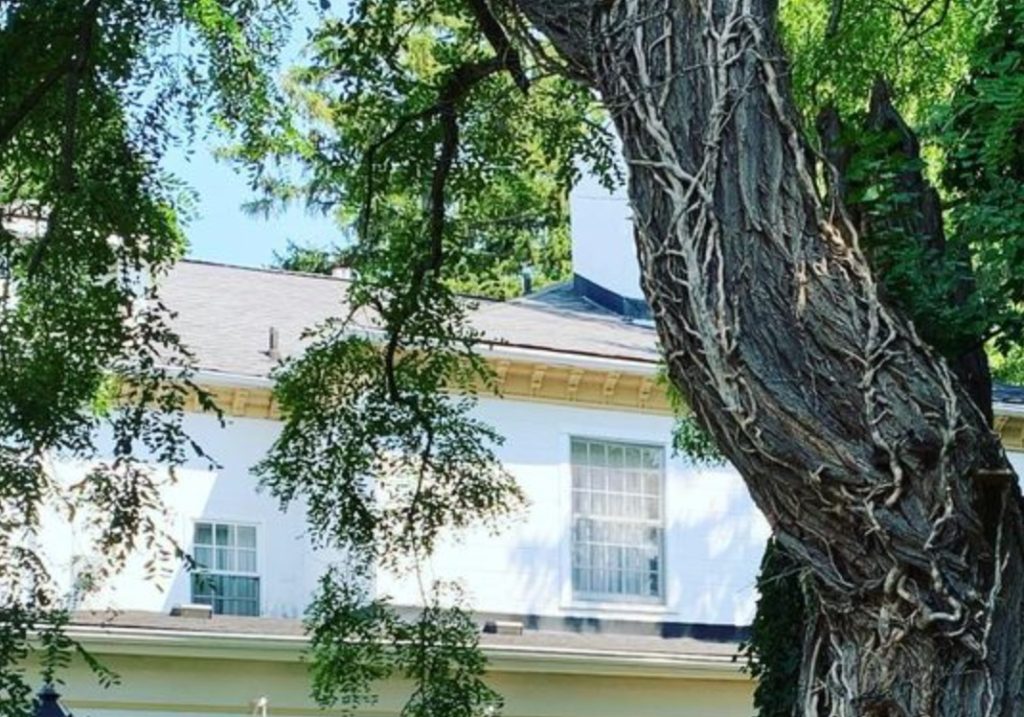
From the second floor of her family manor in Niagara-on-the-Lake, the sounds of sobbing would disturb other residents at night.
According to the local lore, this is how the ghost story of “Sobbing Sophia” was born. Sophia never married and died a few years after her beloved’s death, some say of a broken heart.
Furthermore, following her death, the disembodied sobbing did not stop. Reports continue to this day of the sounds of a woman weeping on Queen Street in Niagara-on-the-Lake, Ontario. The sobbing noises emanate from the second floor of her old family home, which today it is a popular Bed & Breakfast called Brockamour Manor.
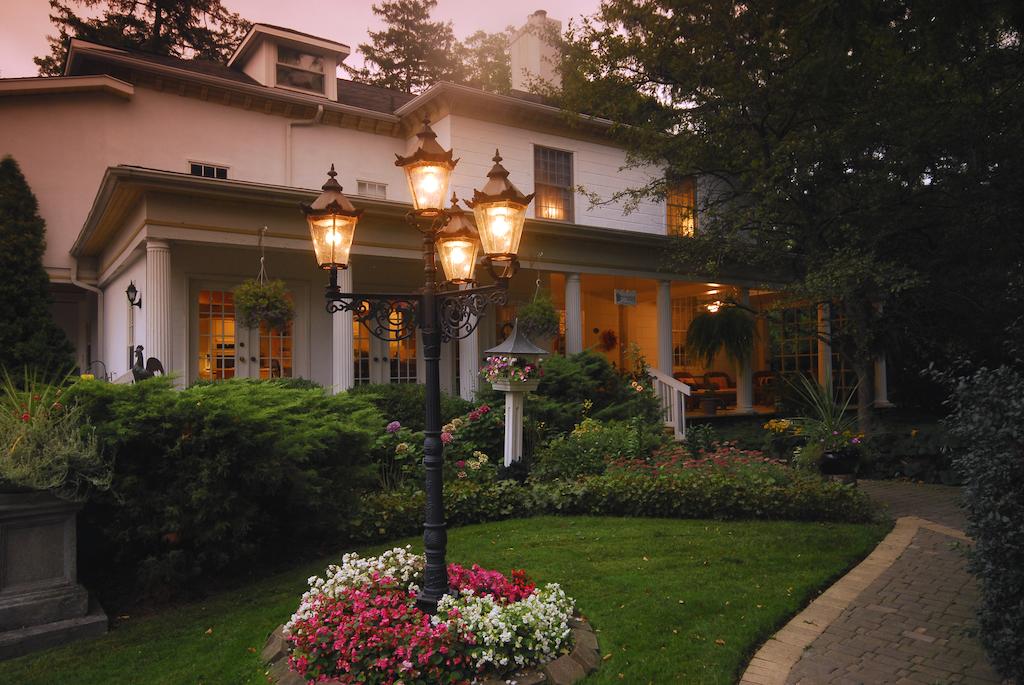
The proprietors of Brockamour Manor have even erected an artwork of “Sobbing Sophia”.
They embrace the ghostly legend, no doubt increasing sales from the haunted tourism industry’s many clients.

Returning to General Issac Brock, following his premature death many locals who knew of his affair with Lady Sophia Shaw began to speculate that he would come back as a ghost due to the tragedy. Some suggested it rivalled Romeo and Juliet and were convinced, especially with all of the sobbing noises, that the ghost of the general would undoubtedly return.
Meanwhile, the British government commemorated General Issac Brock and his legacy as much as possible. An elaborate monument and park were prepared for him on the battlefield of Queenstown Heights where he had died. Officials even transferred his corpse to the monument to be reinterred.
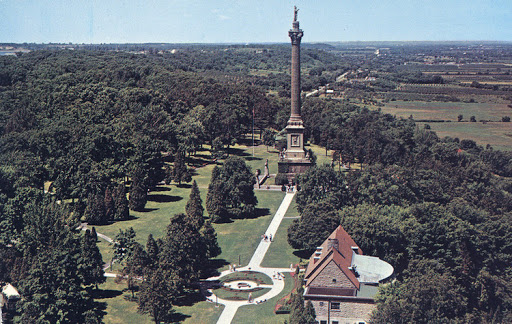
Brock University and the city of Brocktown, Ontario were also named in his honor. Montreal’s Brock Tunnel was yet another example of the many efforts made to commemorate the famous British general.
According to legend, the ghost of General Issac Brock returned, haunted by his inability to marry his beloved Lady Sophia Shaw.
Many reported seeing his spirit wandering the site where he was killed – in Queenstown Heights.
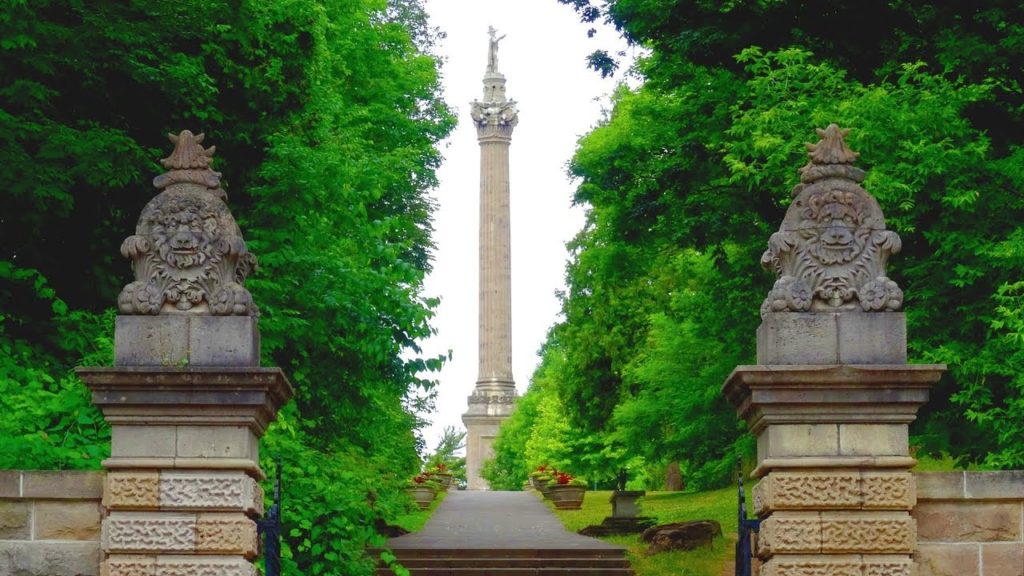
The theory as to why he might be haunting the Brock Tunnel, named in his honor, has to do with it being re-branded as the “Beaudry Tunnel”.
According to the legend, the ghost of General Issac Brock returned to his sites of commemoration to celebrate his glorious and yet untimely death again and again. Unable to re-connect with his love, Lady Sophia Shaw, it is said that his ghost returned to glorify his death in the afterlife as a deranged alternative option.
With the re-branding of General Issac Brock’s Montreal tunnel after humble soap merchant Pierre Beaudry, it is said that the general’s ghost became unhinged. Without his beloved Lady Sophia Shaw, all he had left was his legacy.
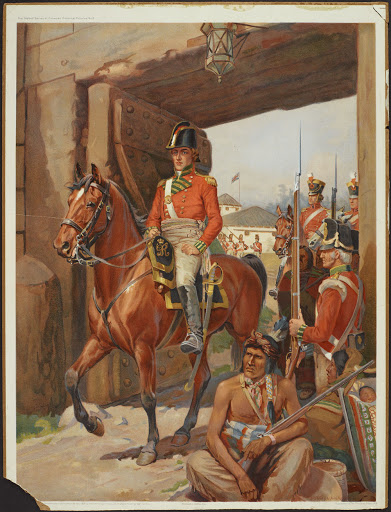
When his name was stripped from the tunnel, some believe he came back to haunt it.
According to many sources, General Issac Brock’s spirit marches incessantly throughout the tunnel, disturbing various contemporary users. Some say that he is furious about the removal of his glorious name from the now-renamed Beaudry Tunnel.
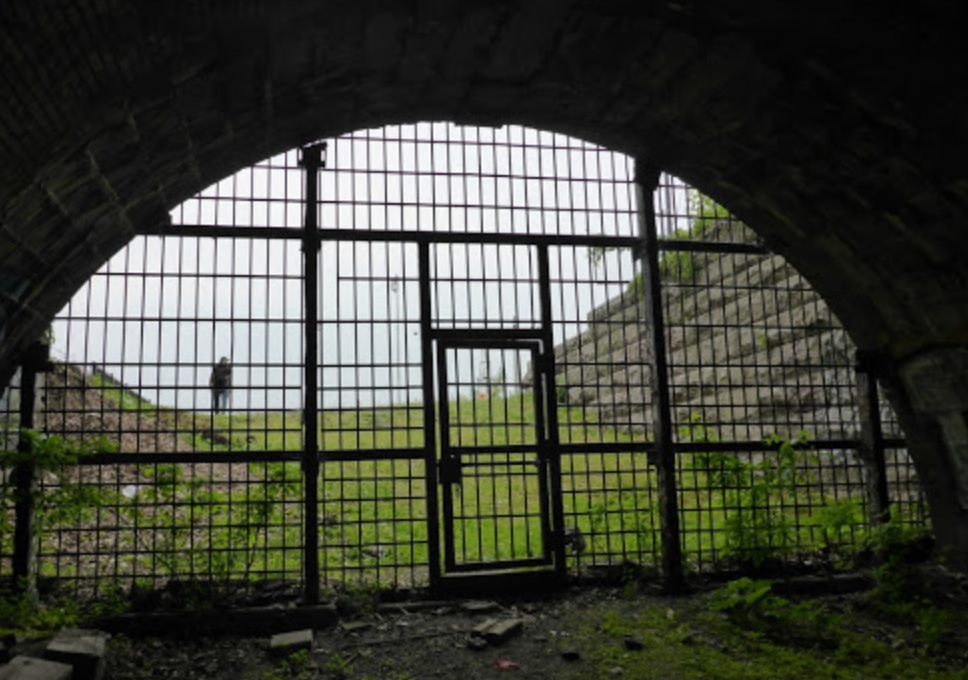
Today, the big question many people are asking is what is going to happen to the abandoned Brock (Beaudry) Tunnel in the future.
In March 2020, the City of Montreal embarked on a new urban plan for the Faubourg Québec entitled Programme particulier d’urbanisme (PPU) des Faubourgs.
Included in the plan is the creation of a small park at the entrance of the tunnel called Parc du tunnel Beaudry.
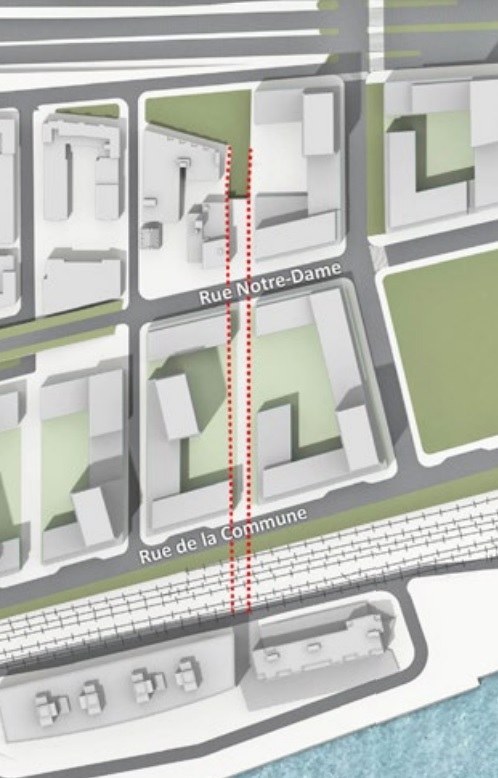
At 1800 square meters, the park will be created once an exit ramp is removed from the Ville-Marie Expressway and the road is reconfigured into an urban boulevard.
Otherwise, there are no immediate plans at this time to re-open the port end of the tunnel.
In conclusion, the creepy Brock (Beaudry) Tunnel is a disturbing and hidden location in the Faubourg Québec.
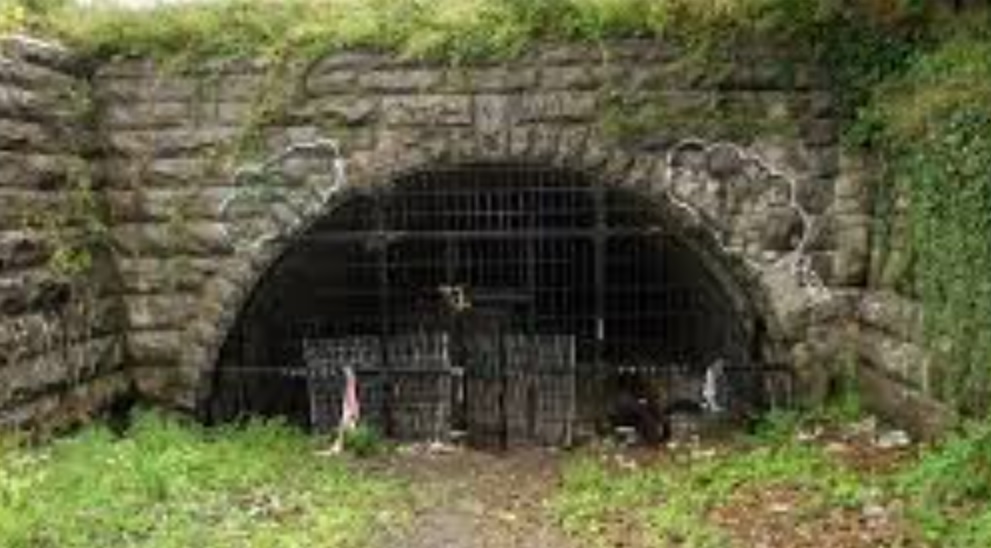
With its haunted reputation, locals hope that one-day officials will re-open it again in its full historical glory.
Enter at your own risk!
Company News
Haunted Montreal is thrilled to announce that new public health measures in place allow small gatherings outdoors! We are now permitted to run outdoor tours and activities with a maximum of 8 clients.
As such, we are re-booting two of our outdoor haunted experiences:
1) The Haunted Downtown Ghost Walk
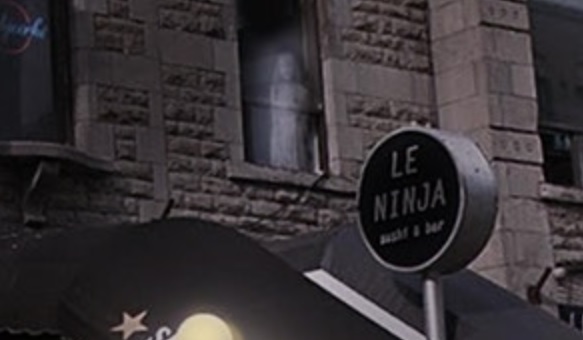
2) Paranormal Investigation in the Old Sainte Antoine Cemetery
We are also offering our Virtual Ghost Tour once a month in both English and French.
Both public and private sessions are available!
Private tours of up to 8 people are also available for a fixed rate of only $160.
While clients can request any date, time and operating tour, they are based on the availability of our actors and must end at least one hour before the 8 pm curfew.

Email info@hauntedmontreal.com to book a private tour!
For Health and Safety reasons, Haunted Montreal provides face masks and hand sanitizer. All of our walking tours and haunted experiences practice social distancing.
Please spread the word to those who might be interested in a Haunted Montreal experience!
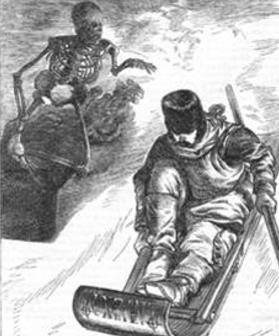
Haunted Montreal would like to thank all of our clients who attended a ghost walk, haunted pub crawl, paranormal investigation or virtual event during the 2020 – 2021 season!
If you enjoyed the experience, we encourage you to write a review on our Tripadvisor page, something that helps Haunted Montreal to market its tours.

Lastly, if you would like to receive the Haunted Montreal Blog on the 13th of every month, please sign up to our mailing list.
Coming up on April 13: Redpath Museum
Entering McGill University’s Redpath Museum is like stepping back into the Victorian Era. Hosting bizarre collections of dinosaur bones, shrunken heads and stolen Egyptian mummies, the Redpath Museum is unique among Montreal’s attractions. According to various reports, it is also haunted, with shrunken heads said to stare at people and the stolen mummies sometimes moving on their own accord. While the museum is certainly an interesting place to visit, some guests experience frightening paranormal activity within the dusty establishment.
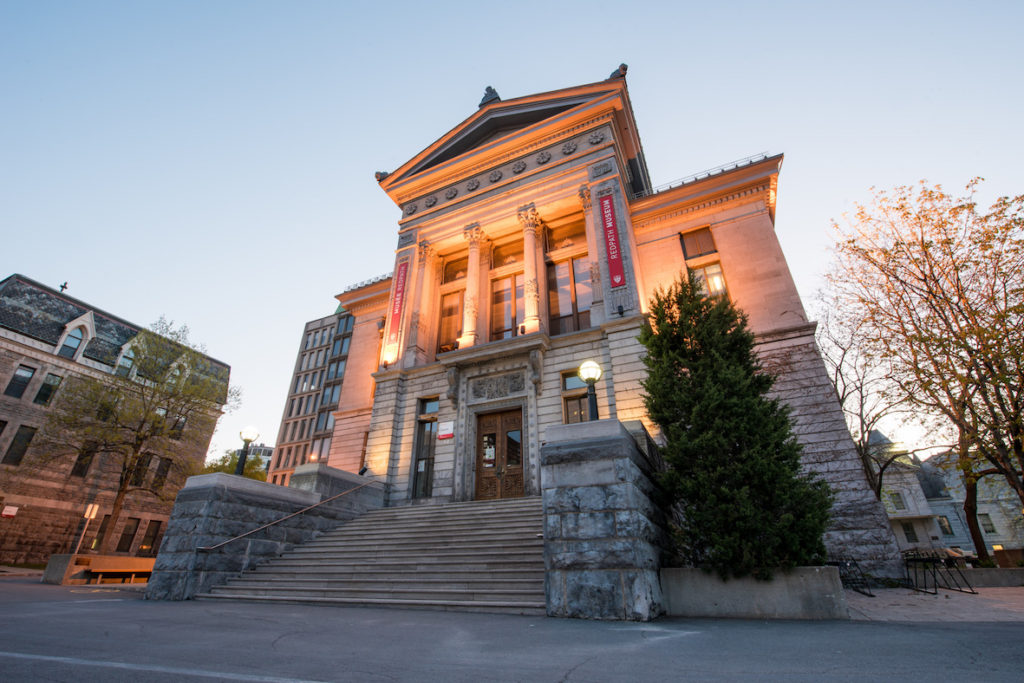
Donovan King is a postcolonial historian, teacher, tour guide and professional actor. As the founder of Haunted Montreal, he combines his skills to create the best possible Montreal ghost stories, in both writing and theatrical performance. King holds a DEC (Professional Theatre Acting, John Abbott College), BFA (Drama-in-Education, Concordia), B.Ed (History and English Teaching, McGill), MFA (Theatre Studies, University of Calgary) and ACS (Montreal Tourist Guide, Institut de tourisme et d’hôtellerie du Québec). He is also a certified Montreal Destination Specialist.

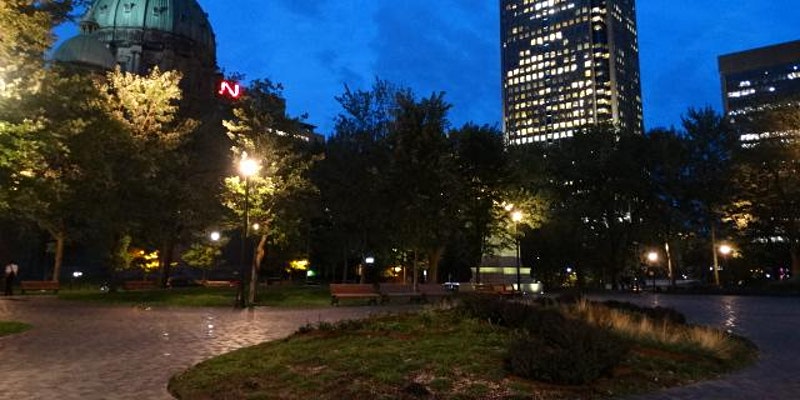



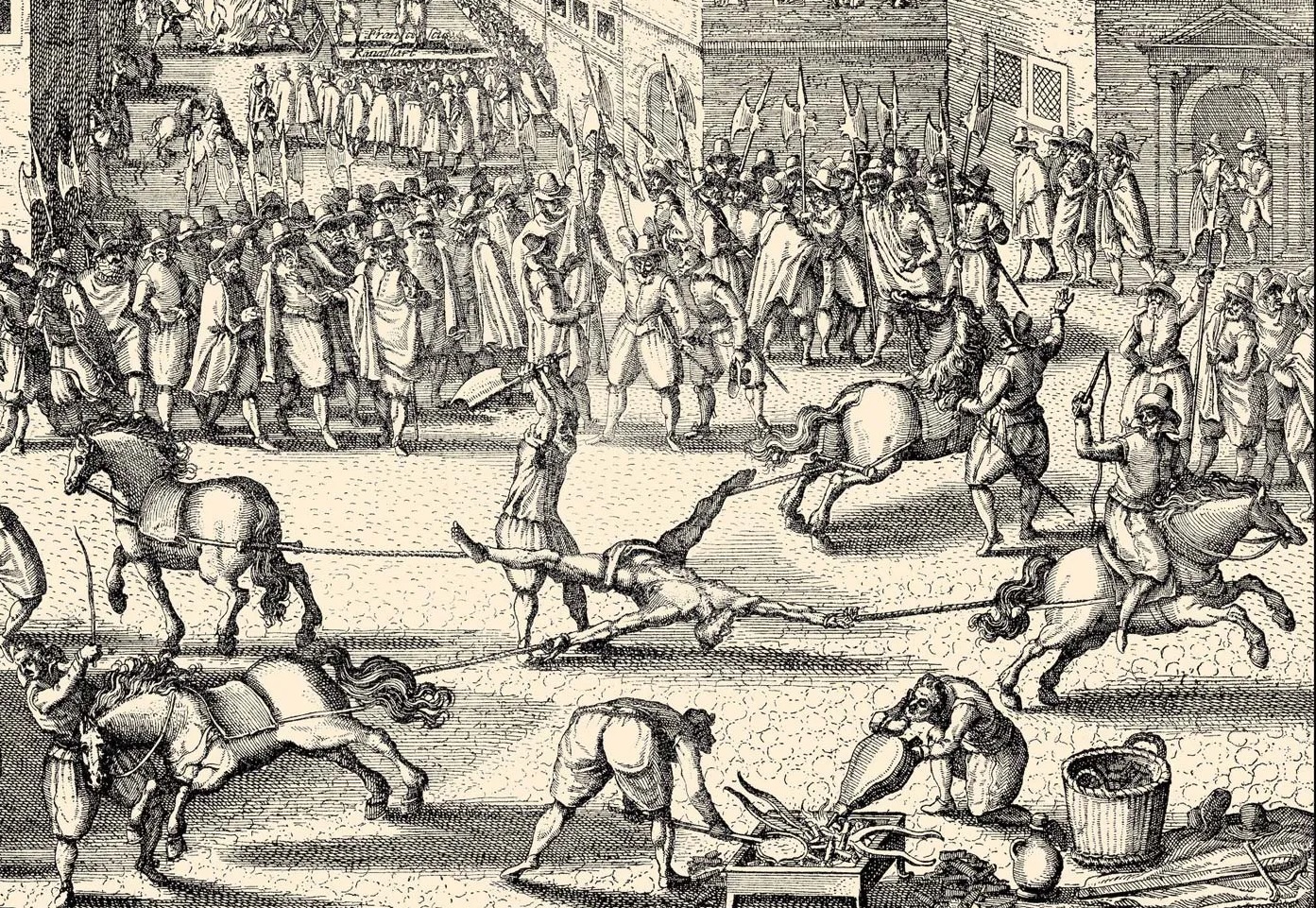
Comments (0)